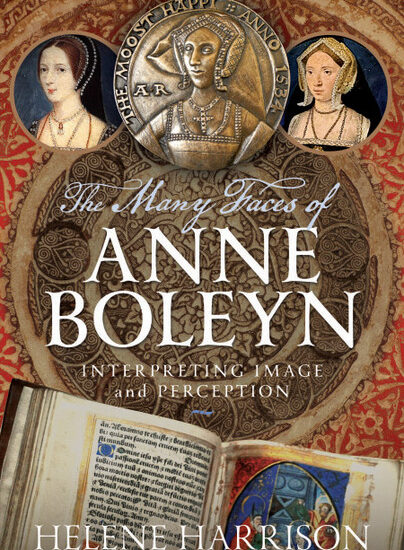History Book or Guide Book? What do visitors to heritage railways really need?
Author guest post from Richard Marks.
Enhancing the visitor experience at heritage railways is a common need across all of the preserved lines in Britain, regardless of size. Reinterpretation of historical sites is becoming more common today, to the benefit of both the organisation and the visitor. The tourist is becoming more demanding and with ever more competition for the ‘tourist pound’ the heritage railways have to differentiate themselves from other places. The accurate interpretation of history, based on rigorous research, is something that I am passionate about, which caused me to think about how guidebooks also need to evolve to reflect the needs of the modern audience in the same manner.
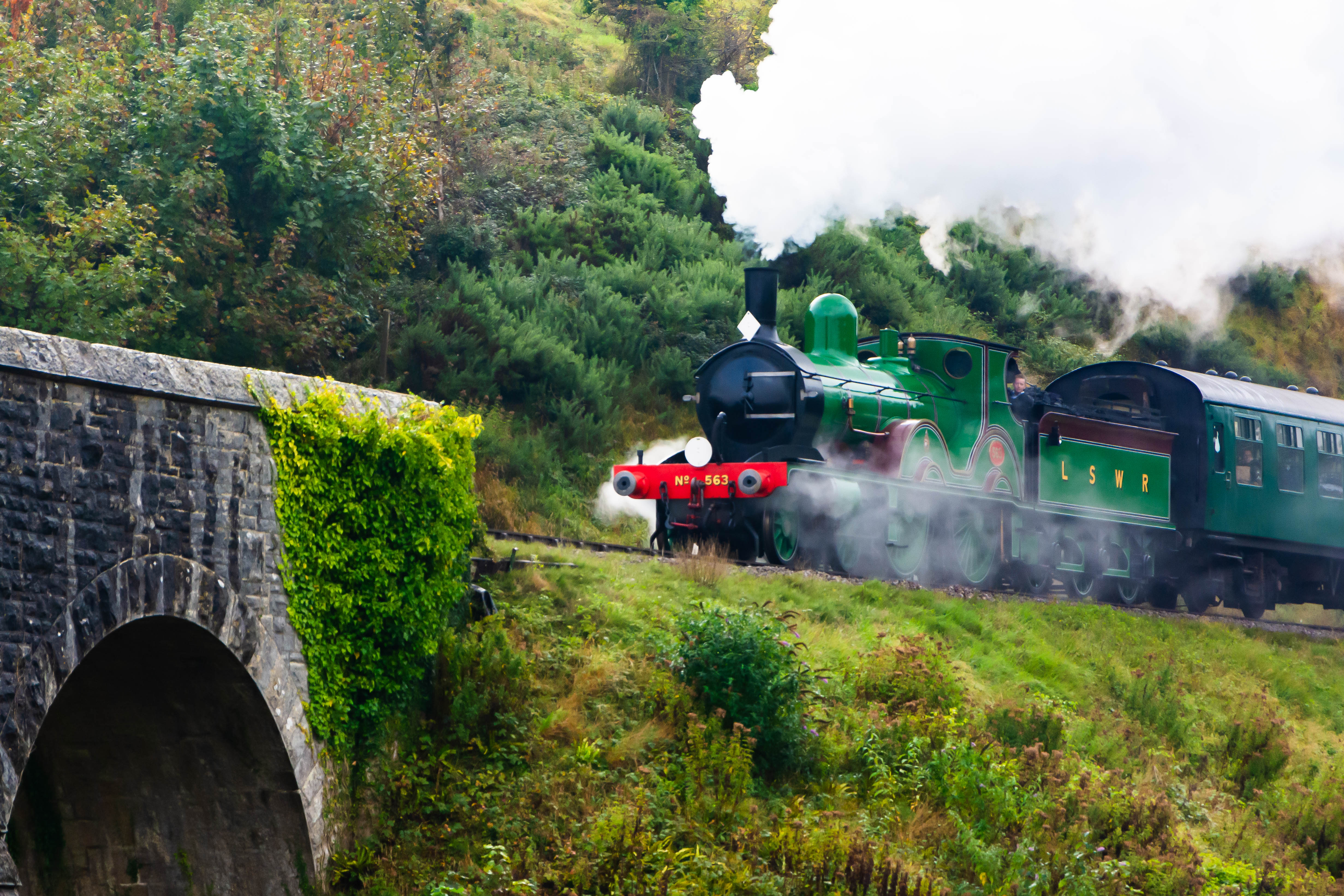
When visiting a heritage site—especially a heritage railway—what does a visitor really need to make the most of their day? While short guides and leaflets offer helpful information, they often leave visitors wanting more. That’s why a fresh approach to railway interpretation is needed.
Bridging the Gap Between History and Guidebooks
A tourist on a day visit doesn’t necessarily need a deep dive into the history of the railway and its role in economic and social change. While an industrial historian might love the idea of a detailed account of every heritage railway, the average visitor seeks something lighter—more engaging than a map and leaflet but less overwhelming than a full history book.
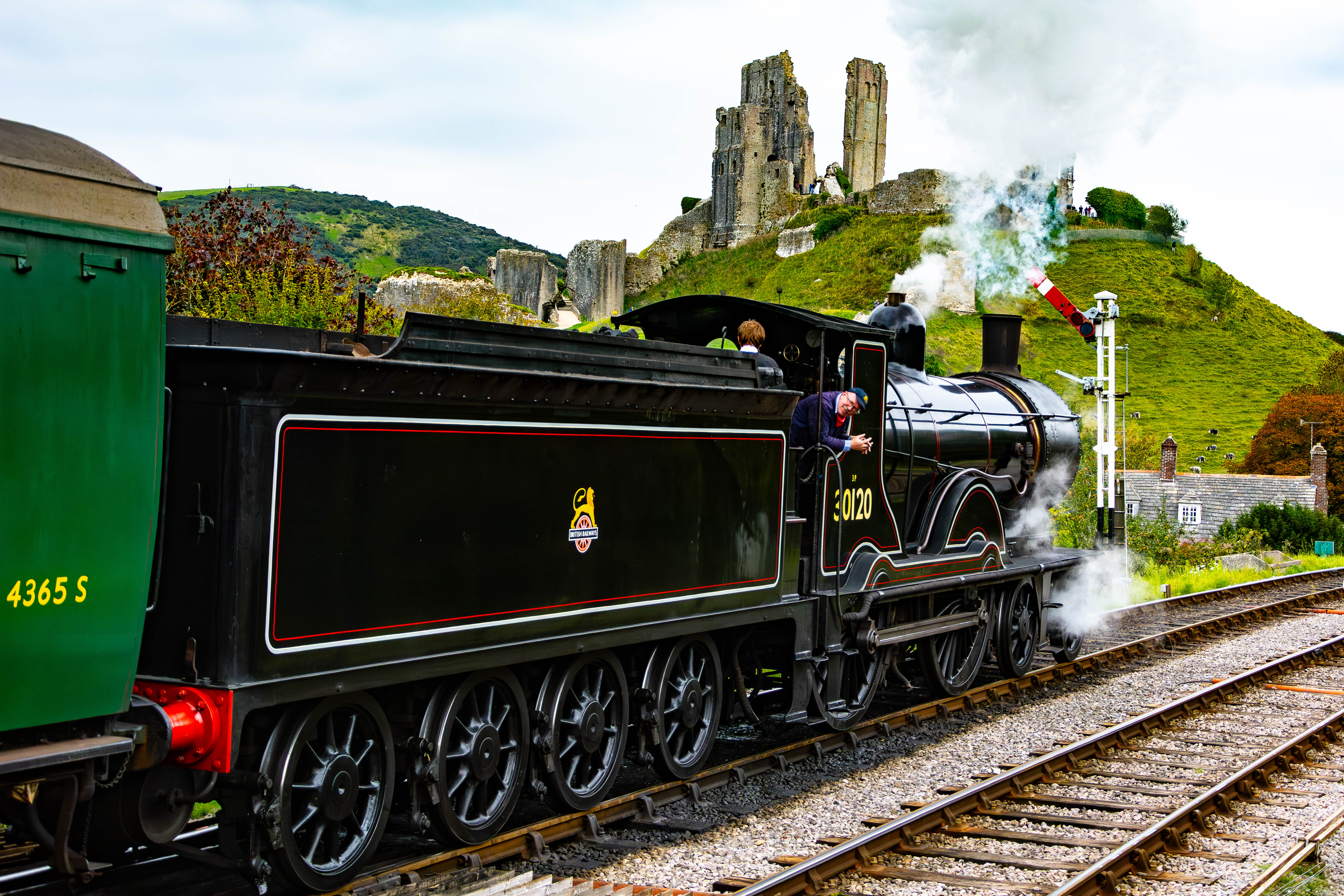
The ideal solution? A book that blends a concise history with the practical elements of a guidebook. This way, visitors can enjoy their day with insights into the railway’s significance without feeling weighed down by excessive detail.
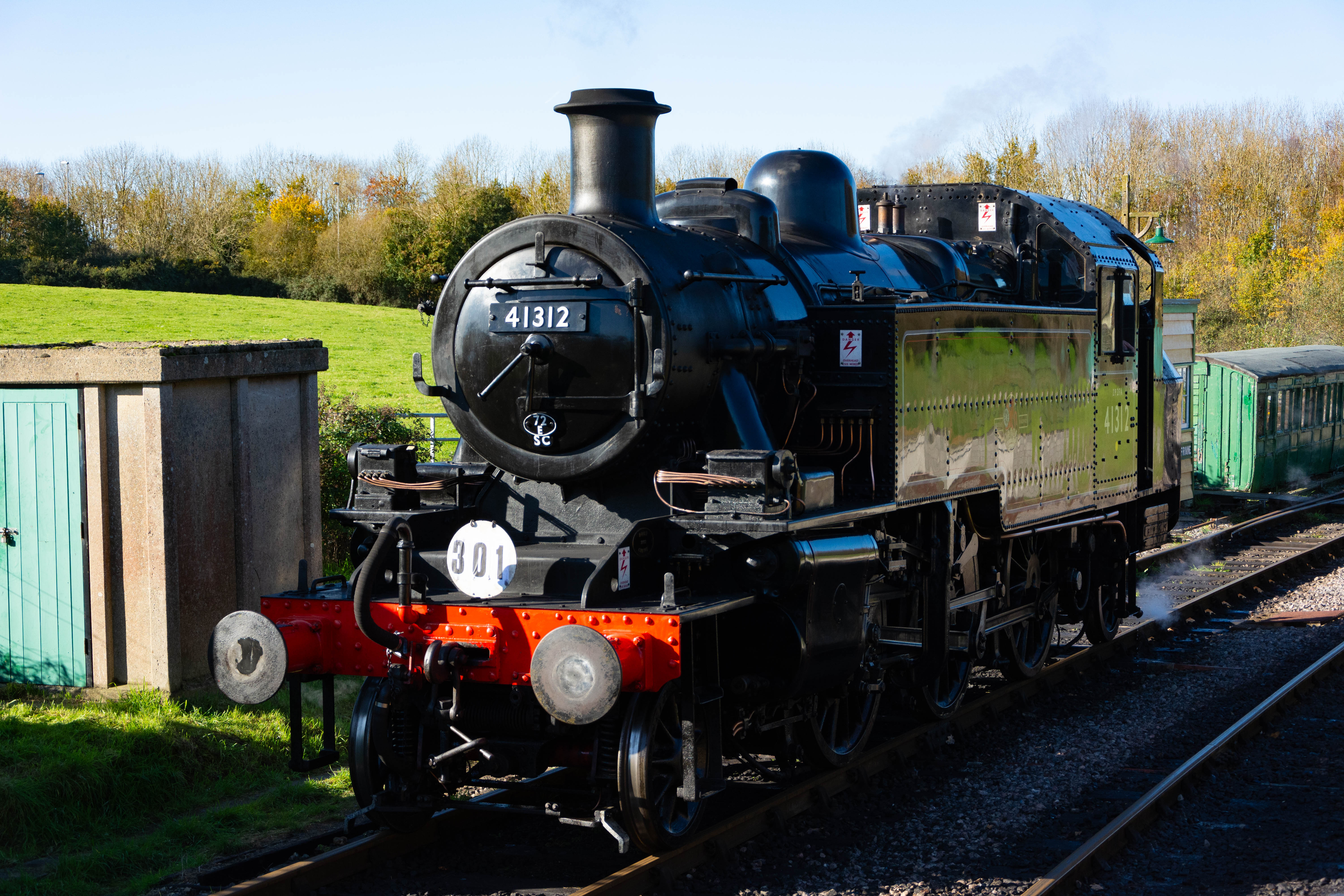
Bringing the Railway to Life
A brief history of the railway—why it was built, how it operated, and what led to its closure—can help visitors appreciate its heritage more fully. Adding details about the goods and produce transported along the line, along with explanations of the railway’s social impact, transforms a simple train ride into an immersive experience. Visitors can better understand the landscapes outside their window, the significance of each station, and even the industries the railway once supported. This deeper connection might encourage them to return and explore even more.

A New Series of Heritage Railway Guides
Recognizing this need, I set out to create a series of books that combine an accessible history with key visitor information. The first book in the series focuses on the Swanage Railway in Dorset, offering insights into its history alongside practical details such as travel options, parking advice, and a short guide to the resident locomotive fleet.
Unlike traditional railway histories, this series highlights the historical events and personal stories that make each railway unique—moments of farewells and reunions, the impact on local businesses, and changes to the landscape over time. Each book takes readers on a guided journey down the line, pointing out key features and explaining their significance.

Making the Most of Heritage Railways Today
A heritage railway was originally a transport route, so why not use it to discover nearby attractions? Many heritage railways provide access to fascinating local sites, making them perfect for more than just a single-day trip. Additionally, these railways host a variety of special events each year that many visitors might be unaware of. The guides highlight these past events to inspire readers to plan future trips and experiences which they would enjoy.
By combining historical context with practical visitor information, these books offer something more than a simple guide yet remain far more accessible than a heavy historical account. This approach creates a richer and more enjoyable experience for every visitor.
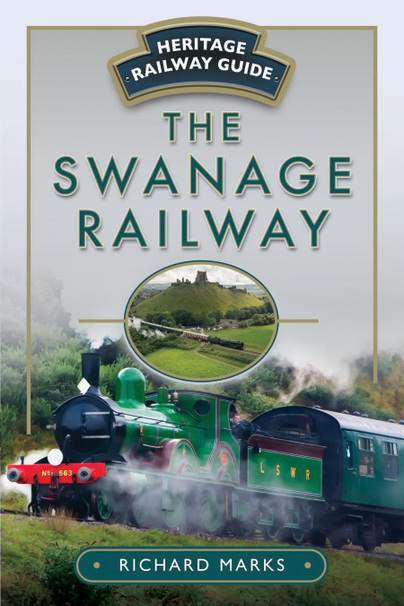
Order your copy here.
